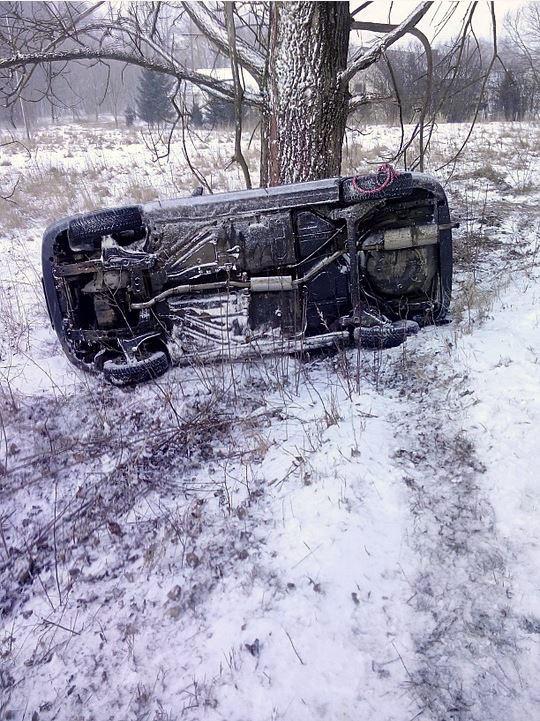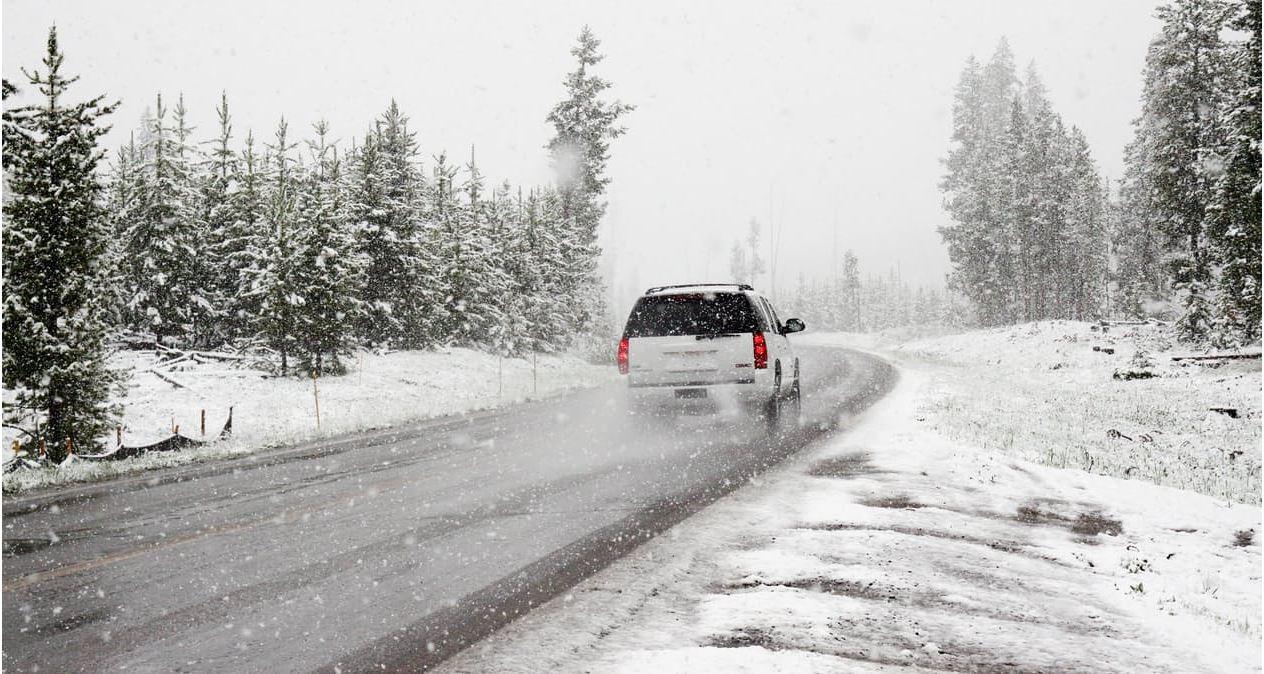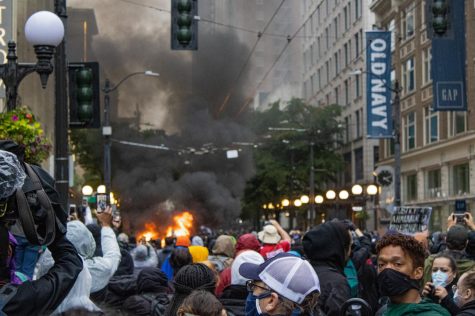Survive Your Winter Driving
Experts Discuss Safe Winter Driving Tips and Techniques

Losing control of your vehicle is hazardous to your health and to your wallet.
The winter season has arrived, bringing with it freezing temperatures and shivering students. Roads are often slick with ice and the occasional dusting of snow. As a result, a number of drivers will fall victim to a winter-related accident or scare.
This year is EvCC’s Sophomore, Brionna Osgood’s first year driving in snowy conditions.
“The roads were a little crazy and many areas had a lot of ice. Especially the street I live on,” she said.
For many young drivers, this year will be their first experience driving on ice and snow as they make their daily commute.
“Most of us are not real good drivers in the snow just ‘cause we dont have the experience with it because we have it so seldomly,” said EvCC’s Director of Campus Safety and Security, Charles Macklin.
With the weather getting colder and icy spots lasting longer, now is a great time to brush up on some winter driving strategies. Below are four ways you can be safe and prepared for this winter season:
Watch your speed.
“The slower you go, the better control and recovery you have of your motor vehicle,” said Eddie Golden, a Crime Prevention Officer for the Everett Police Department. “Slow down. Leave early.”
Speed and inexperience are the number one causes of collisions.
Stanwood High School’s Traffic Safety Education Coordinator, Scott Knight said, “If every driver had one second they could take back, 80% of the collisions would not happen.” Knight also advises leaving five to seven seconds of space between yourself and another vehicle.
Be mentally and visibly aware.
Whether it be at an intersection, railroad or the freeway, Knight stresses the importance of vision and the need for caution in situations where you can’t see what’s ahead.
“I always tell my students that if you see a cloud ahead of you, you always have to slow down because you can’t see what’s going to be on the other side,” said TSE Coordinator, Knight.
Officer Golden stresses the need to, “use great road courtesy. Avoidance is more reasonable and practical than reaction.”
Being aware of your own road courtesy and taking the proper precautions in blind-zones are critical in a driver’s situational awareness.
“You’ve got to assume that everybody else is a really bad driver,” said Macklin. He also suggests fully defrosting your vehicle before getting on the road. “I was a cop for thirty-four years,” Macklin said. “I don’t know how many accidents I’ve seen or handled because people didn’t have good visibility. It’s a ticketable offence.”
Maintain your vehicle.
Officer Golden, believes that prevention is the best guard against winter-related collisions, so how can we be ready?
Scott Knight has the answer: “Take your car into a mechanic. Make sure it gets serviced.” He advises having the battery checked, because the cold will put it under more stress. He also emphasises the need to check the tire tread, air pressure and alignment. For his own vehicles, he also checks the functionality of his heaters and defrosters.
If you own a lightweight truck, Knight recommends you “put 300 pounds of sandbags in the bed to give it extra weight,” because they’re known to fishtail on slippery roads.
Be prepared.

Winter driving can be dangerous. Stay alert while driving.
No matter how well we think our vehicle is equipped to deal with ice and snow, sometimes nature surprises us. That’s why it’s important to be prepared in the event you get stuck or stranded. “Fill your car with gas,” Knight said. He suggests keeping the tank at least half full so that you can stay warm until help arrives. A full winter driving supply checklist is available at www.wsdot.wa.gov.
Above all, Knight urges students to “respect the weather, but don’t be afraid of it.” The only way for drivers to get the experience they need is to “get out and drive in it.”
This winter, Brionna Osgood encourages her fellow students to “take it slow. I’ve seen way too many people speeding through parking lots and around the area. Just because it seems fine doesn’t mean accidents won’t happen.”










